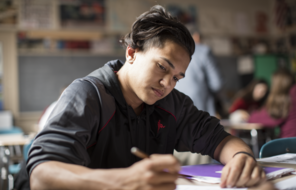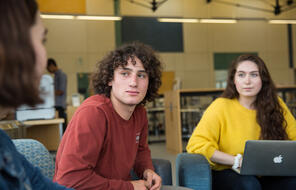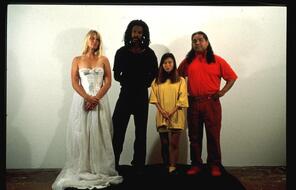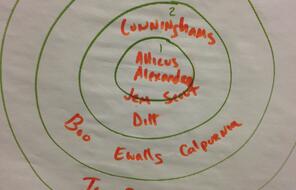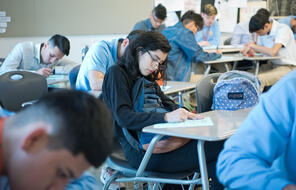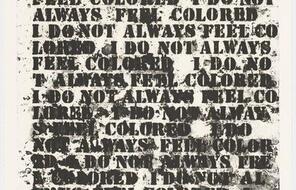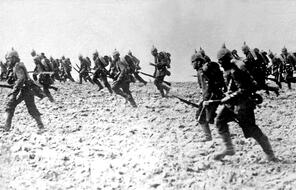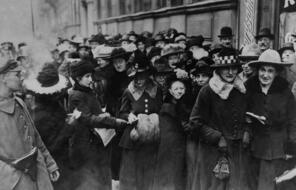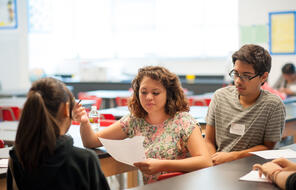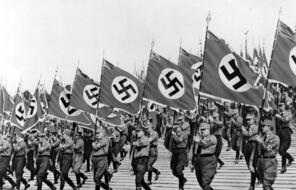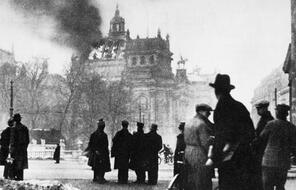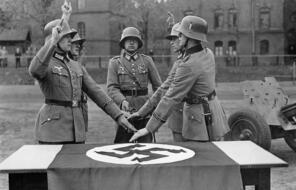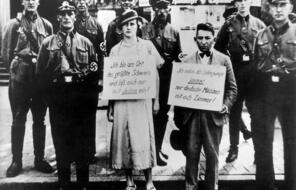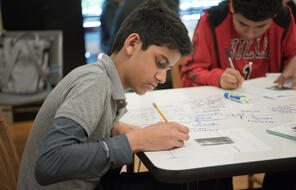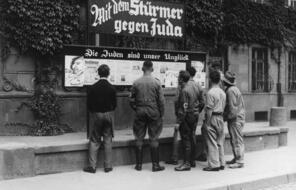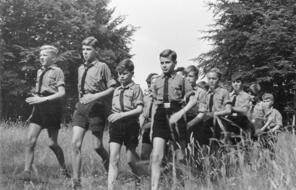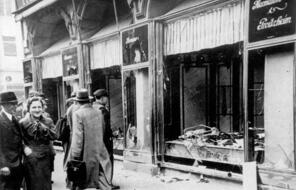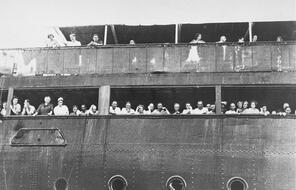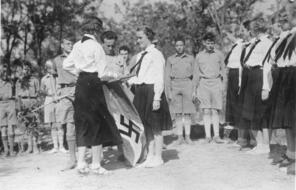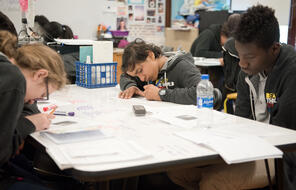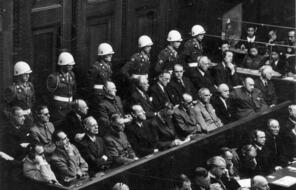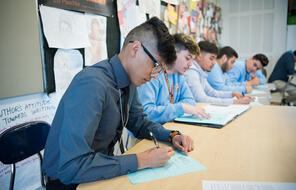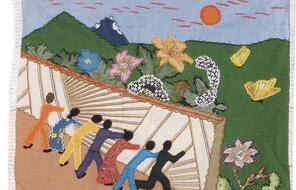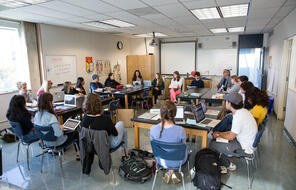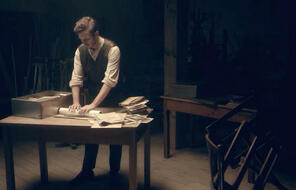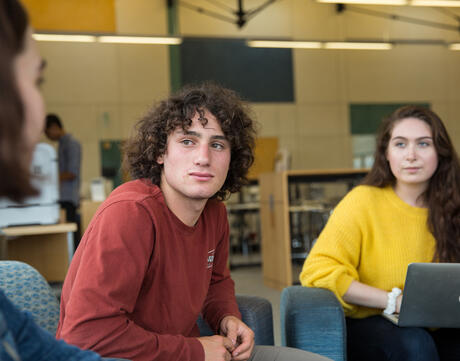
For Educators in Jewish Settings: Teaching Holocaust and Human Behavior
Duration
Multiple weeksSubject
- History
- Social Studies
Grade
6–12Language
English — USPublished
Overview
About This Unit
Developed specifically for educators in Jewish settings, the five new lessons combined with select lessons from Teaching Holocaust and Human Behavior are designed to lead middle or high school students through an examination of the catastrophic period of the Holocaust from a historical perspective and also to consider what this particular history has to do with what it means to be Jewish today.
Students begin this journey by considering the place the Holocaust should take in the collective memory of the Jewish people, how memory and history are related in Jewish history, and what tensions arise when we have multiple belongings, such as identifying as both Jews and Americans. Later in the unit, the lesson on Jewish life before the war addresses the Haskalah and the issues arising alongside the newly gained freedoms of the Enlightenment. The Holocaust section of the collection includes a lesson on Jewish resistance, in which students discuss what it meant to resist the Nazis on both a physical and a spiritual level. In the final lessons, students grapple with the question of retaining faith after the unfathomable atrocities and cruelties that this history presents us with.
Preparing to Teach
A Note to Teachers
Before teaching this unit, please review the following information to help guide your preparation process.
Lesson Plans
Unlimited Access to Learning. More Added Every Month.
Facing History & Ourselves is designed for educators who want to help students explore identity, think critically, grow emotionally, act ethically, and participate in civic life. It’s hard work, so we’ve developed some go-to professional learning opportunities to help you along the way.
Exploring ELA Text Selection with Julia Torres
On-Demand
Working for Justice, Equity and Civic Agency in Our Schools: A Conversation with Clint Smith
On-Demand
Centering Student Voices to Build Community and Agency
On-Demand

